The House in Fata Morgana (THiFM) is a visual novel written by Keika Hanada and developed by Novect. According to wikipedia, it was released in 2012 and 2014 in Japan for PC and iOS and then in 2016 by MangaGamer for PC. Later down the line a Nintendo 3DS and a Playstation Vita version were released by Dramatic Create and the more recent versions for Playstation 4, Vita and Nintendo Switch were released by Limited Run. These versions are complete with the two DLC and short stories. It’s called The House in Fata Morgana: Dreams of the Revenants Edition and it’s the one I’m currently playing.
THiFM is very linear compared to my experience with other visual novels like The Letter. By interacting with objects and exploring the mansion when given the opportunity to do so we can pretty much unlock all endings if we save our game at every choice prompt. What’s cool about the Dreams of the Revenants edition is that it unlocks the stories in order, which means you need to get the true ending before you can access the DLC stories. Everything else is marked in grey and you can’t select it before you complete the main story, and the same goes for the DLCs. “A Requiem for Innocence” is the first tale available after playing the main story and it unlocks progressively. It’s a prequel. Then there’s “Reincarnation”, which isn’t available on PC, and as far as I know it’s an epilogue. Additionally we have yet to unlock the short stories and the extras. There’s a lot of content in the PS4, Vita, and Nintendo Switch package.
In this edition there’s also a Back Door. Take it as some sort of funny hack. By answering three questions we can unlock every story in the game. I didn’t use the option, but it’s very useful to those who already know the story and want to play the additional content in whichever order they wish. I’m currently reading “A Requiem for Innocence” and enjoying the little bits of plot that were left to the imagination when I went through the main game. In such intricate stories I tend to prefer staying in the dark about a lot of details and interpret them using the information originally given to me. I think it’s more exciting knowing less and keep wondering about intriguing details or what could have happened during certain events previously left unseen but that were central to the tragedy that followed.
** There’s spoilers for some parts of the story **
THiFM tells the story of a person with amnesia (where did I hear this before?) who ends up at a mansion in the middle of nowhere. They wake up inside the mansion and a beautiful maid – the Maid – calls them Master. We, as the Master, can’t figure things out on our own. The Maid seems to be very motherly and sweet and she’s the first person we see after waking up in a rocking chair. She seems very happy to have found another Master and it looks like for all intents and purposes we are there to stay. However there’s a lot of confusion about how we got there in the first place. The Maid warmly offers a helping hand. After all, she most likely knows more about us than we do ourselves and she’s ready to offer some guidance through the mansion’s halls and rooms enveloped in darkness. Yet, what she’s offering is not a simple guided tour of the mansion; it’s in fact a deep dive into the mansion’s history and the stories of its previous Masters. In order to do that, the Maid asks us to hold her hand and never let go. Then, we open the first door.

I’m not going to retell the whole story here. I’d like to, but it’s so unnecessary and I wouldn’t count on my memory for that! I think it could be funny to create a shorter version of the story for kids without the bloody parts and the everlasting trauma, as a tale of romance, acceptance, love and sacrifice. It’s a beautiful tale that spans hundreds of years. The first three doors we visit with the Maid are the tales of three different people whose tales ended in tragedy. The mansion is cursed by a cursed witch. I don’t know about you, but I think that a cursed witch is more dangerous than a witch, right? A witch can be good or bad, even though in the story and the period it represents, being a witch is always bad. So a cursed witch is extra terrible and comes with extra misery for everyone touched by her.
I need to confess something. I loved the story from the start. The first three doors with the contained stories of its characters were great. The first door tells the story of a brother and sister, the second door tells the story of a beast and its lover, the third door is about a man blinded by power and status and his best friend. There’s a common denominator to all these stories. A white-haired girl appears in all of them. She’s a pure, wonderful, sweet, shy girl, but she has an effect on the hearts of men and women that ultimately contributes to their demise. Who’s the White-Haired Girl is one of the central mysteries of the story. How come someone so pure and without any ill intent has such capacity to change lives for the worse?

About what I had to confess. I spaced out a lot while I was reading. It wasn’t because I got bored with the story; it was because I was trying to tie the knots and to figure things out on my own, something I’m still currently doing. What’s beyond the 4th door and all the doors that came after is a bit of a blur. I wasn’t exactly counting, and when the storylines started making more sense in context, I stopped paying that much attention to the door I was at. From a certain point on it doesn’t matter that much, unless we want to make a tier list of your favourite doors and I have none. I loved all of them equally. One door has a false story, but we eventually get the right one, so it wasn’t that important.
Since this was a story of pain, trauma, suffering and, possibly, redemption, it was important for our main character to figure out who they were, who was the White-Haired Girl, who was the Maid and who was the witch. The stories of these characters are central to the plot and are related to the stories of the other characters behind the first three doors. Behind the other doors we have access to the real stories of the witch, the Maid, Michel, Michel and Giselle, more witch and then going back in time to the first story of the mansion and how the terrible curse happened in the first place. The motivation behind all this is the salvation of the soul from the corruption of the witch’s curse, by creating an opportunity for everyone to tell their stories and find redemption. Also, another very strong motivator was the love between Michel and Giselle and how much they were invested in rejoining after death to fix what they couldn’t achieve in life.
The game explores the lengths of human evil. There were some times in the course of the story that I had to take a little break to collect myself. It must have happened three or four times, because the level of torment and torture in some parts was way overwhelming. Rape, domestic violence and transphobia are a central part of some character’s stories. Also, if you happen to be a saint, never tell anyone. Do you know what people do to saints if they spill the beans? The Son of God was the first to go.
Michel’s story was – among many others – very hard to watch. He was born with a girl’s body but never identified as one. If you have ever been in this situation – as a trans person or someone who doesn’t fit gender roles – during your formative years this story will sound equally familiar and painful. He had to deal with a family that wasn’t accepting of his identity and then he was locked up and fell victim to a noble girl’s bullying that lasted until she got bored and moved on. It was awful to see what she did to him. To make matters worse he had fallen in love with her. At first he had a female body but, after getting sick, he woke up with a male body and everyone thought he was cursed. His body wasn’t complete, he wasn’t a finished man, and that fact contributed to even more bullying and hate. It’s not hard to guess what happened to him afterwards: he was sent to the mansion. It didn’t happen only to him; some people were sent there either after a terrible experience or, if they already happened to live there, misfortune between those walls would eventually find them.

The thing with Michel is that he is a very intriguing character and to me he’s still an enigma. In hindsight I know that he had some physical traits that served as inspiration to someone else in the story, but what the hell happened to him to make him transition only by the grace of God or was it something else more sinister? I can’t wrap my head around it. Maybe I spaced out on that part. My idea is that his suffering resonated with the witch and the only way to call him to the mansion was to make him an abomination (their words, not mine).
It was very pleasing to watch his transformation and his reaction to his changing body, the hope he got when he finally could live as himself. Also we can interpret his existence as some sort of a prophet or an angel, someone who was called to fulfill a role he didn’t exactly ask for – one among many – but with the right motivation and for the salvation of everyone’s soul he fought until the end. Everything is dramatic in the game and the same goes for his relationship with Giselle and his quest to find her soul and be reunited with her at last.
By this point it’s very obvious that I’m just rambling. There’s a handful of souls that were called to the mansion because of the witch’s curse. Why the witch cursed those people is revealed during the real story of her suffering at their hands. It was absolutely awful and degrading. Some souls were mere connections and others were the perpetrators. It’s clear that her wrath inflicted pain to more than the perpetrators, extending itself to their acquaintances and relationships, and employing different means. After some centuries, cursing people is only fun if you have someone to share it with.
On the matter of sharing, something really unexpected happened when I was reading a part of the story between Michel and Giselle but it could also have been a little before that. As I mentioned, I space out or lose my focus sometimes, so using the log is absolutely necessary. When I opened the log – surprise! – I found parts of the dialogue that weren’t on screen. It was the witch’s doing and possibly related with the unique nature of the chapter.
Contrary to other visual novels, in THiFM we know when we’re on the right path for the true ending. The other endings happen quite suddenly and don’t have branching paths so it makes it easier to reload a save and choose the other options. I played the game with the music volume turned to a minimum, because I couldn’t read and hear some loops at the same time especially when the music was more lively. The game’s soundtrack is beautiful but I prefer to appreciate it as a standalone thing.
I think it was a very well written story and I warmly recommend it to anyone interested in gothic horror visual novels with gripping stories and mature themes. The prequel I’m currently reading – A Requiem for Innocence – has a bit more of that goofiness we’re used to, but fortunately THiFM takes itself seriously from start to finish therefore making the story and everyone involved more believable and relatable.

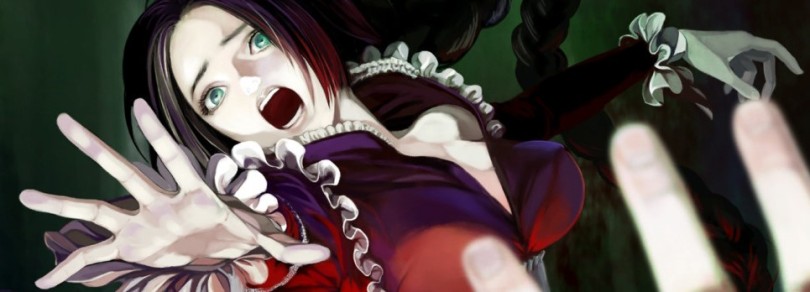

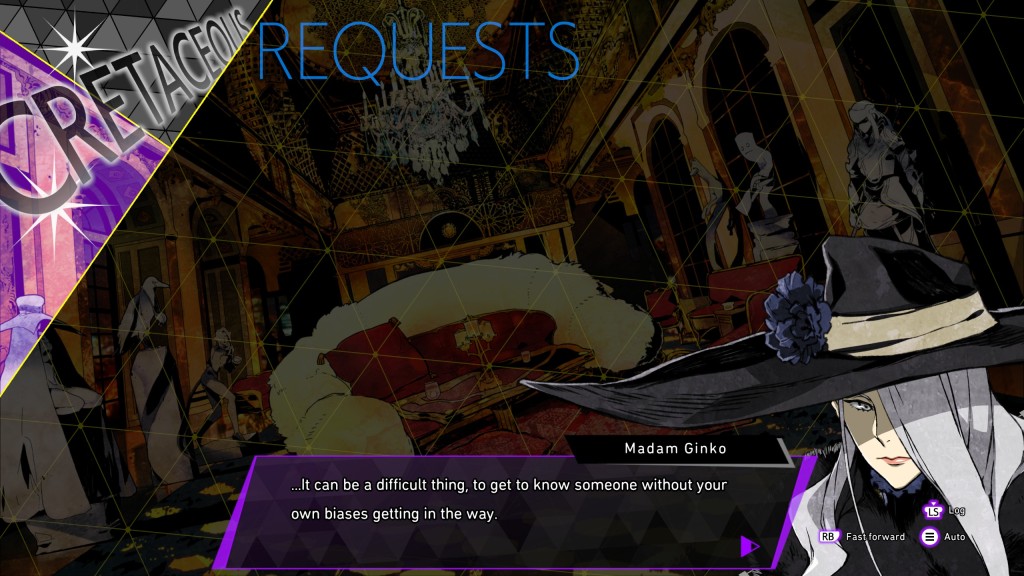



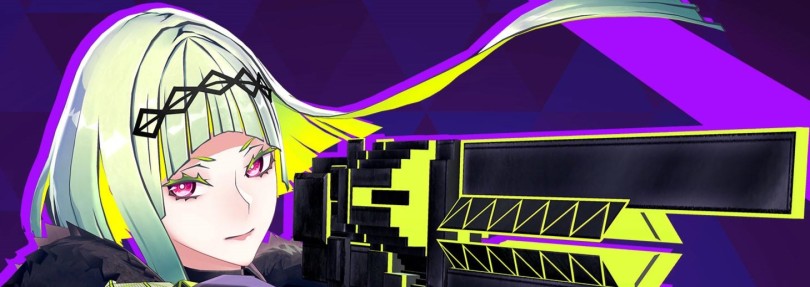
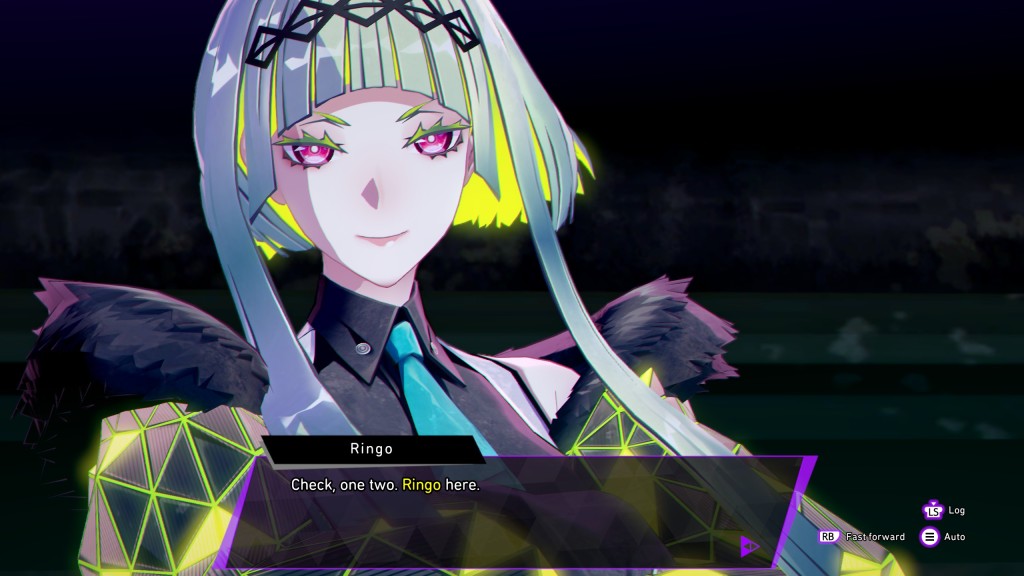







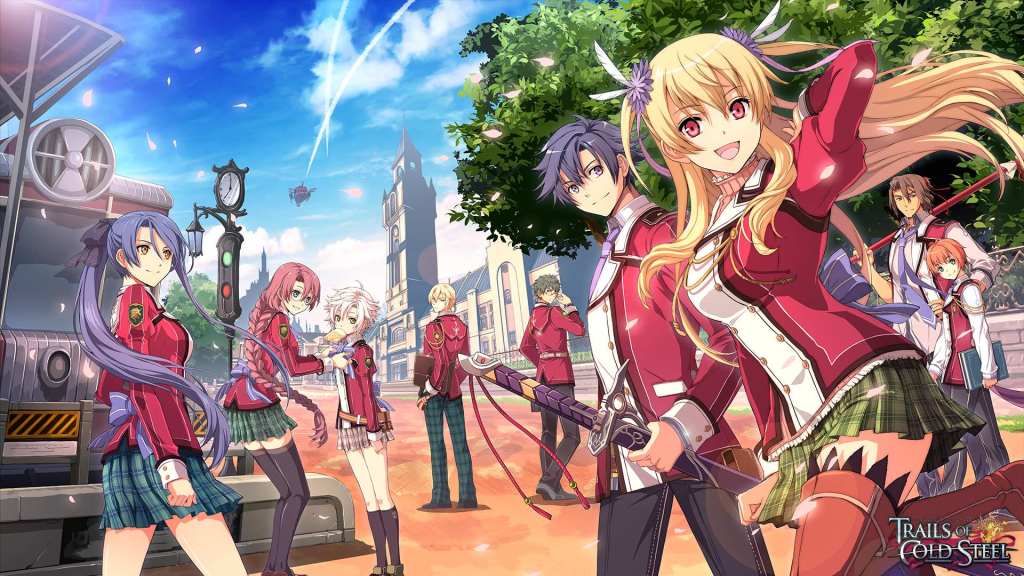
You must be logged in to post a comment.